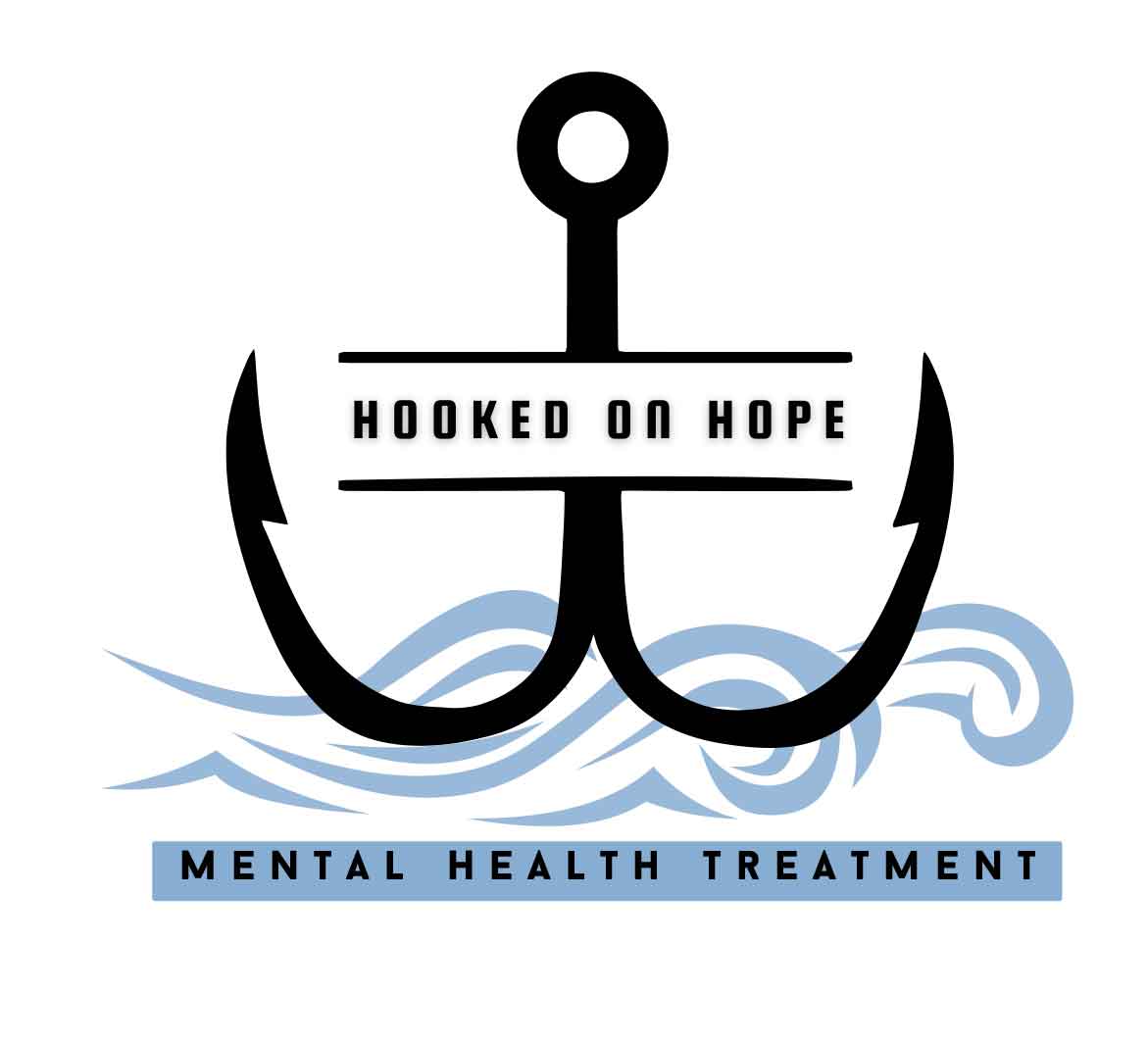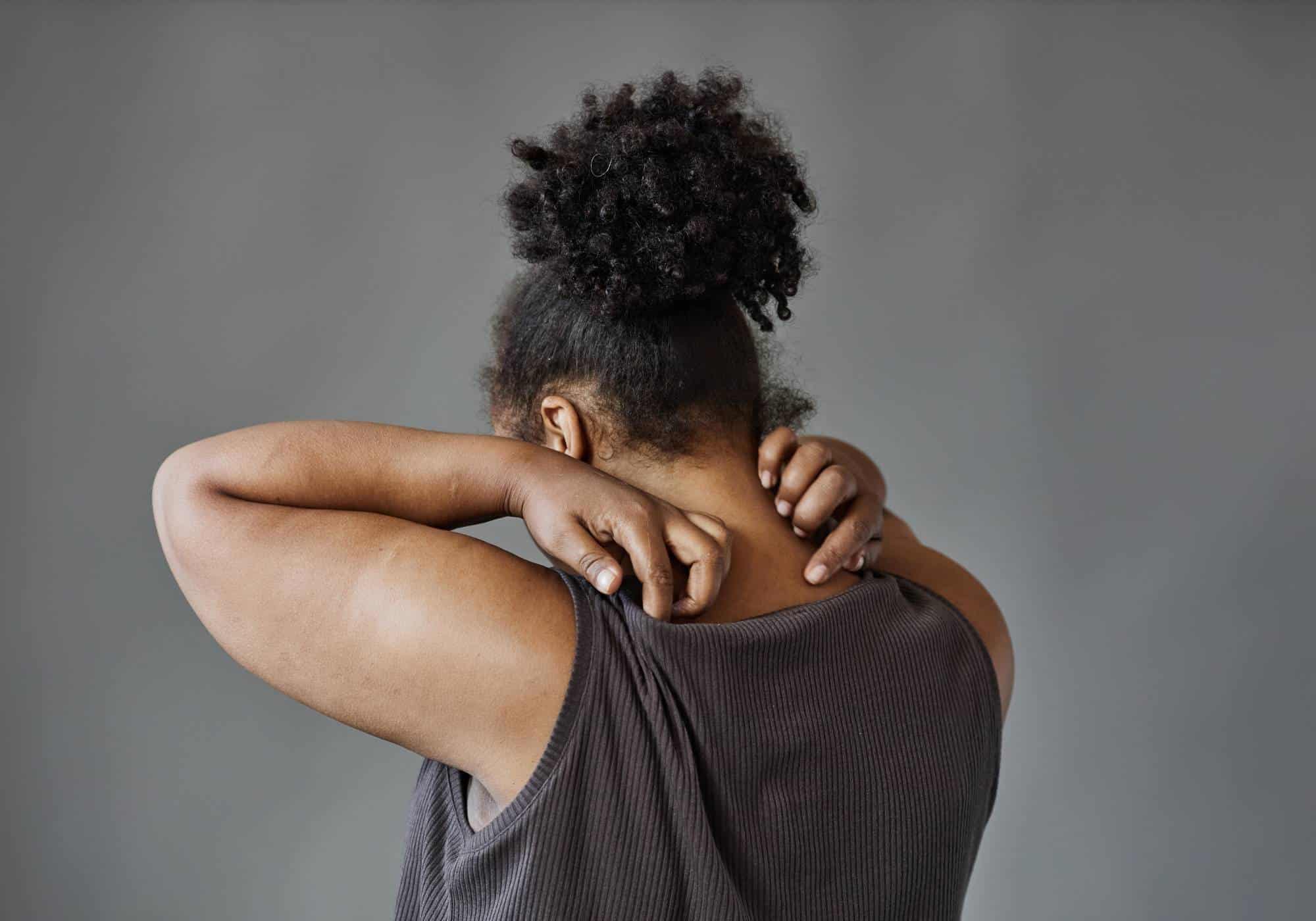What Is the Hardest Mental Illness to Live With? A Comprehensive Look at Serious Mental Illness
Determining what is the hardest mental illness to live with can be complex because each person’s situation is unique. Some mental health conditions produce such intense, long-lasting symptoms that daily life becomes very challenging. For others, it might be the weight of stigma, the scarcity of effective treatments, or the disruption to personal goals that makes an illness feel overwhelming.
Below, we will explore several mental illnesses that professionals often note for their severity. It’s important to remember that no two people experience the same condition in exactly the same way. Factors such as one’s support system, how well treatment works, and the presence of other health concerns all influence how difficult it is to manage a mental disorder.
Even though identifying the single worst mental illness is subjective, learning about multiple conditions can help individuals and families develop a better understanding of mental health challenges. At Hooked on Hope Mental Health in Atlanta, GA, we recognize that comprehensive care and empathetic support are often vital steps toward healing, especially for anyone exploring outpatient mental health treatment in Atlanta for themselves or a loved one.
Schizophrenia
Schizophrenia is frequently highlighted on any list of mental illnesses that cause severe disruption to everyday life. This disorder involves distorted thinking, hallucinations, and delusions. It can alter how a person interprets reality, making it harder to communicate or maintain relationships.
Key Characteristics
- Delusions: Firm beliefs that don’t align with reality, such as thinking others are out to get them.
- Hallucinations: Seeing, hearing, or feeling things that aren’t actually there, often hearing voices that comment on one’s actions.
- Disorganized Speech or Behavior: Speaking incoherently, skipping from one idea to another, or having difficulty planning tasks.
- Negative Symptoms: Reduced emotional expression, social withdrawal, and a general lack of motivation.
Many people with schizophrenia face challenges like completing school, holding a job, or sustaining daily routines. The trouble distinguishing between reality and delusions can create fear and confusion. Modern treatments often include antipsychotic medications, structured therapy, and strong community support. Though schizophrenia is considered a serious mental illness, many individuals experience improvement or learn to manage symptoms effectively with the right resources and consistent medical follow-up.
Severe Bipolar Disorder
Bipolar disorder, when severe, features dramatic changes in mood that swing from “highs” (mania or hypomania) to “lows” (depression). The sharp contrast between these states can strain relationships, finances, and personal well-being.
Key Characteristics
- Manic Episodes: Periods of elevated mood, increased energy, quick speech, and impulsive decisions like overspending or risk-taking.
- Depressive Episodes: Feeling hopeless, lacking motivation, sleeping too much or not enough, and sometimes having thoughts of self-harm.
- Mixed Episodes: Mood episodes that include features of both mania and depression at the same time.
The extreme changes in behavior can be incredibly disruptive. During mania, people may not realize the consequences of impulsive acts, while the depths of depression can be disabling. Treatment often involves mood stabilizers, psychotherapy, and lifestyle adjustments like regular sleep schedules. Sticking to a treatment plan can help reduce the intensity of mood swings, allowing individuals to maintain jobs, relationships, and daily responsibilities more consistently.
Borderline Personality Disorder (BPD)
If you’re curious about what is the worst mental illness in terms of emotional volatility, borderline personality disorder (BPD) often comes up. BPD involves difficulty managing emotions, which can lead to unpredictable behavior and unstable personal connections.
BPD is defined by persistent issues controlling emotions. A person might shift from intense anger to deep sadness or fear of abandonment all in a single day. These mood fluctuations can affect self-image and relationships. Small stresses may trigger significant emotional responses, and individuals with BPD might feel they have no way to regain balance once upset.
Because a person with BPD can go through such rapid emotional swings, family and friends may struggle to understand their behavior. Relationship conflicts, impulsive decisions, and persistent feelings of emptiness are common. Although BPD can be seen as a worst mental disorder due to how it impacts daily life, treatments like Dialectical Behavior Therapy (DBT) have transformed the outlook for many. DBT teaches skills for regulating intense emotions, improving interpersonal effectiveness, and learning crisis management. When combined with supportive environments and consistent follow-up, individuals with BPD often find ways to better manage their symptoms and lead fulfilling lives.
Major Depression and Treatment-Resistant Depression
Depression is among the most common mental illnesses worldwide. Typically, therapy and medication can significantly help. But for some, depression doesn’t respond easily, creating a treatment-resistant scenario. People in this category try various interventions yet find only small or short-lived relief.
Key Characteristics
- Persistent Sadness: Extended periods of low mood, tearfulness, or numbness.
- Loss of Interest: Activities once enjoyed no longer provide satisfaction.
- Physical Changes: Disrupted sleep, changes in appetite, or lack of energy.
- Feelings of Guilt or Worthlessness: Believing they’re a burden or can’t ever succeed.
When depression doesn’t improve, it weighs heavily on personal life, work, and social connections. Repeated attempts at therapy or medication can feel disheartening. Sometimes advanced interventions—like electroconvulsive therapy (ECT), transcranial magnetic stimulation (TMS), or newly approved medications—offer renewed hope. Ongoing professional support and a network of understanding family or friends can make a major difference.
Obsessive-Compulsive Disorder (OCD)
OCD is known for persistent obsessions and compulsions. A person with OCD might fixate on germs, safety, or a need for items to be arranged in a certain way. To reduce anxiety, they develop repetitive behaviors or mental rituals called compulsions.
Key Characteristics
- Obsessions: Distressing thoughts that return, like fear of contamination or causing harm unintentionally.
- Compulsions: Rituals (hand-washing, checking, counting) aimed at neutralizing obsessions.
- Time-Consuming: Routines can occupy hours daily.
- Anxiety If Prevented: Stopping someone’s compulsion often increases their distress.
OCD can reshape a person’s daily schedule, personal relationships, and mental well-being. For instance, someone afraid of leaving the stove on might check it 30 times each morning. Treatments usually pair exposure and response prevention therapy (ERP) with medication. With persistence, many with OCD learn coping techniques that enable them to live more freely.
Eating Disorders
Eating disorders span a wide range, including anorexia nervosa, bulimia nervosa, and binge eating disorder. These conditions influence how a person sees food, weight, and body image, often leading to harmful behaviors that undermine both physical health and emotional well-being.
Key Characteristics
- Anorexia Nervosa: Restricting food intake severely to lose or maintain weight below healthy norms, often paired with an intense fear of gaining weight.
- Bulimia Nervosa: Cycles of binge eating and compensatory behaviors like self-induced vomiting or excessive exercise.
- Binge Eating Disorder: Recurrent episodes of consuming large amounts of food quickly, usually without purging, causing guilt or shame afterward.
These disorders frequently link to issues of control, perfectionism, or emotional distress. Physical risks include malnutrition, heart complications, and organ strain. Because they’re rooted in deep psychological issues, recovery plans may incorporate therapy to address body image and self-esteem, nutrition counseling, and sometimes medication to treat co-occurring mood or anxiety problems.
Post-Traumatic Stress Disorder (PTSD)
PTSD develops after exposure to intensely disturbing events like violence, accidents, or natural disasters. Symptoms include intrusive memories, flashbacks, or nightmares that can stir panic and emotional distress.
Key Characteristics
- Re-Experiencing: Episodes where the trauma resurfaces vividly, accompanied by physical or emotional reactions.
- Avoidance: Steering clear of locations, people, or activities reminiscent of the traumatic event.
- Negative Mood or Thoughts: A persistent sense of guilt, shame, or overall negativity.
- Hyperarousal: Being constantly on guard, jumping at loud noises, or struggling to concentrate.
PTSD can intensify anxiety or depression while disrupting sleep and relationships. Triggers in the environment can spark memory flashbacks, making everyday tasks a struggle. Treatments often involve trauma-focused psychotherapies like EMDR or cognitive processing therapy, plus possible medication to soothe anxiety or stabilize mood.
Panic Disorder / Anxiety Disorder
Panic disorder is associated with sudden, overpowering bouts of fear called panic attacks. Meanwhile, more generalized anxiety disorders can involve excessive worry about daily tasks or future events.
Key Characteristics
- Panic Attacks: Racing heartbeat, shortness of breath, trembling, a sense of impending doom.
- Chronic Worry: Anxiety that’s out of proportion to the actual threat, affecting concentration and sleep.
- Physical Symptoms: Muscle tension, headaches, or gastrointestinal problems triggered by long-term stress.
Anxiety disorders vary from mild to severe, but they’re still among the most common mental health conditions. People might miss work or avoid social gatherings for fear of panic attacks. Therapy (often CBT), relaxation techniques, and in some cases medication can help individuals reclaim a sense of control.
What Is the Hardest Mental Illness to Live With? And Why?
The complexity of mental health makes it hard to single out what is the hardest mental illness to live with once and for all. Conditions like schizophrenia, severe bipolar disorder, or borderline personality disorder (BPD) stand out for their potential to disrupt emotional stability, daily functioning, and interpersonal relationships. Yet there’s no universal hierarchy, because individual resilience, environmental factors, and available treatments also play big roles.
Some clinicians point to borderline personality disorder as an especially challenging diagnosis. Emotional dysregulation, a sense of abandonment, and impulsive behaviors often combine to strain every aspect of life. People with BPD may struggle in relationships, career, and personal growth, unsure how to manage the intense and rapidly shifting emotions. At Hooked on Hope Mental Health in Atlanta, GA, we’ve seen how proper therapy and support can lessen these hardships, proving that even the “hardest” mental illness can be managed.
What Is Borderline Personality Disorder?
Borderline personality disorder revolves around difficulty regulating emotion. A person’s mood can swing wildly within hours, leading to impulsive decisions or extreme fear of losing important relationships. These emotional storms sometimes lead to destructive patterns like self-harm or substance use.
People with BPD are sensitive to any real or imagined sign of rejection. This heightened sensitivity can cause intense emotional reactions to everyday events. While it’s tough, ongoing therapy helps many individuals learn more adaptive ways to handle their emotions, treat themselves kindly, and maintain healthier connections with others.
Types Of BPD
Mental health experts often separate BPD into subtypes that reflect different patterns of behavior and emotional focus:
Discouraged BPD
- Characterized by feelings of inadequacy, dependency on others, and an intense fear of rejection.
- People with discouraged BPD might cling to relationships or remain passive in social settings.
Impulsive BPD
- Marked by emotional instability, impulsive choices, and a tendency toward risk-taking.
- Those with impulsive BPD may act spontaneously without thinking about possible dangers.
Petulant BPD
- Involves sudden changes in mood, volatile anger, and a strong fear of abandonment.
- Relationships can be stormy, and the person may switch quickly from love to frustration.
Self-Destructive BPD
- Centers on self-harming behaviors, self-defeating actions, and a feeling of emptiness that persists.
- Individuals might harm themselves physically or sabotage their success if they feel unworthy.
At Hooked on Hope Mental Health in Atlanta, GA, we recognize these subtypes and customize care to suit each individual’s challenges. Every BPD experience is distinctive, so treatment focuses on personal triggers and emotional patterns.
Signs Of Borderline Personality Disorder
BPD symptoms vary, but people commonly face:
- Emotional Instability: Big reactions to small triggers, difficulty returning to a calm state.
- Sense of Worthlessness: Ongoing low self-esteem or feeling chronically misunderstood.
- Intense Relationships: Relationships can swing from great devotion to intense conflict.
- Fear of Abandonment: Even casual disagreements might spark panic over losing someone.
- Self-Harm or Suicidal Behavior: Hurting oneself to cope with emotional turmoil.
- Risky Behaviors: Substance misuse, reckless spending, or binge eating.
- Episodes of Paranoia or Dissociation: A feeling that the world isn’t real, or that they’re “outside” themselves.
- Sudden Mood Shifts: Quick transitions from anxiety, anger, or despair to feeling neutral or numb.
Not everyone shows every symptom, and intensity can shift over time. BPD often co-occurs with depression, anxiety, substance use, or eating disorders, making proper diagnosis essential. If you or a loved one is grappling with BPD, consider contacting Hooked on Hope Mental Health. We offer outpatient mental health treatment in Atlanta with programs designed to match individual needs.
Risk Factors for Borderline Personality Disorder
While BPD can develop in anyone, certain factors raise a person’s likelihood of encountering it:
- Genetic Tendencies: Family history of BPD or related conditions can elevate risk.
- Brain Function: People with BPD sometimes show differences in regions managing emotion and self-control.
- Trauma: Childhood neglect, emotional abuse, or harsh environments can disrupt normal emotional growth.
- Relationship Instability: Early chaotic or combative relationships may fuel ongoing emotional sensitivity.
Awareness of these elements helps mental health professionals spot who might benefit from early intervention. It also underscores the importance of addressing trauma and instability promptly to decrease the chance of future complications.
BPD Treatment Options
Psychotherapy remains the core of BPD treatment, aiming to help individuals reshape their thoughts, reactions, and self-perceptions. With the right therapy, people can develop stable emotional habits and more satisfying relationships.
Treatment Options:
- Outpatient Programs: Offer consistent therapy sessions while a person continues living at home.
- Intensive Outpatient Program (IOP): Adds more treatment hours each week, ideal for those needing structured support but not 24/7 supervision.
- Inpatient Treatment: Provides a secure, immersive setting. Individuals with severe BPD and high self-harm risk may require this level of care.
Key Behavioral Therapies:
-
Dialectical Behavioral Therapy (DBT)
DBT is one of the most successful methods for managing BPD. It teaches mindfulness and emotional regulation skills to slow down emotional reactions, as well as interpersonal effectiveness to reduce conflict. Distress tolerance exercises help cope with crisis moments without resorting to self-harm. -
Cognitive Behavioral Therapy (CBT)
CBT helps identify damaging thought patterns or beliefs that trigger BPD symptoms. By introducing healthier coping strategies, individuals learn to challenge distorted assumptions and reduce impulsive tendencies. -
Group Therapy
Meeting others with similar struggles can lessen feelings of isolation. Group therapy also supports skill practice in real-time, guided by a therapist. -
Individual Therapy
One-on-one sessions enable a deeper examination of personal issues and trauma. The therapist and client craft specific strategies to handle triggers and improve emotional balance. -
Family Therapy
Loved ones sometimes benefit from family therapy that fosters better communication and understanding. It can also help identify patterns that contribute to stress in the home. -
Holistic Therapy
Approaches like art therapy, mindfulness meditation, or music therapy offer alternative routes to process emotions. These practices can restore calm and encourage self-expression without words. -
Medication-Assisted Treatment
There’s no dedicated medication for BPD itself, but prescribing something to manage severe anxiety or mood swings can support more active engagement in therapy. This helps individuals stay more balanced while they build lasting behavioral changes.
If you or someone close to you is dealing with borderline personality disorder or any other serious mental illness, know that help is available. Hooked on Hope Mental Health in Atlanta, GA, offers outpatient mental health treatment in Atlanta to address these challenges in a supportive environment. You don’t have to handle this alone—reach out today at 470-287-1927 or via our online contact form and begin a path toward healing and growth.







